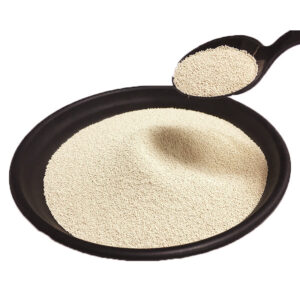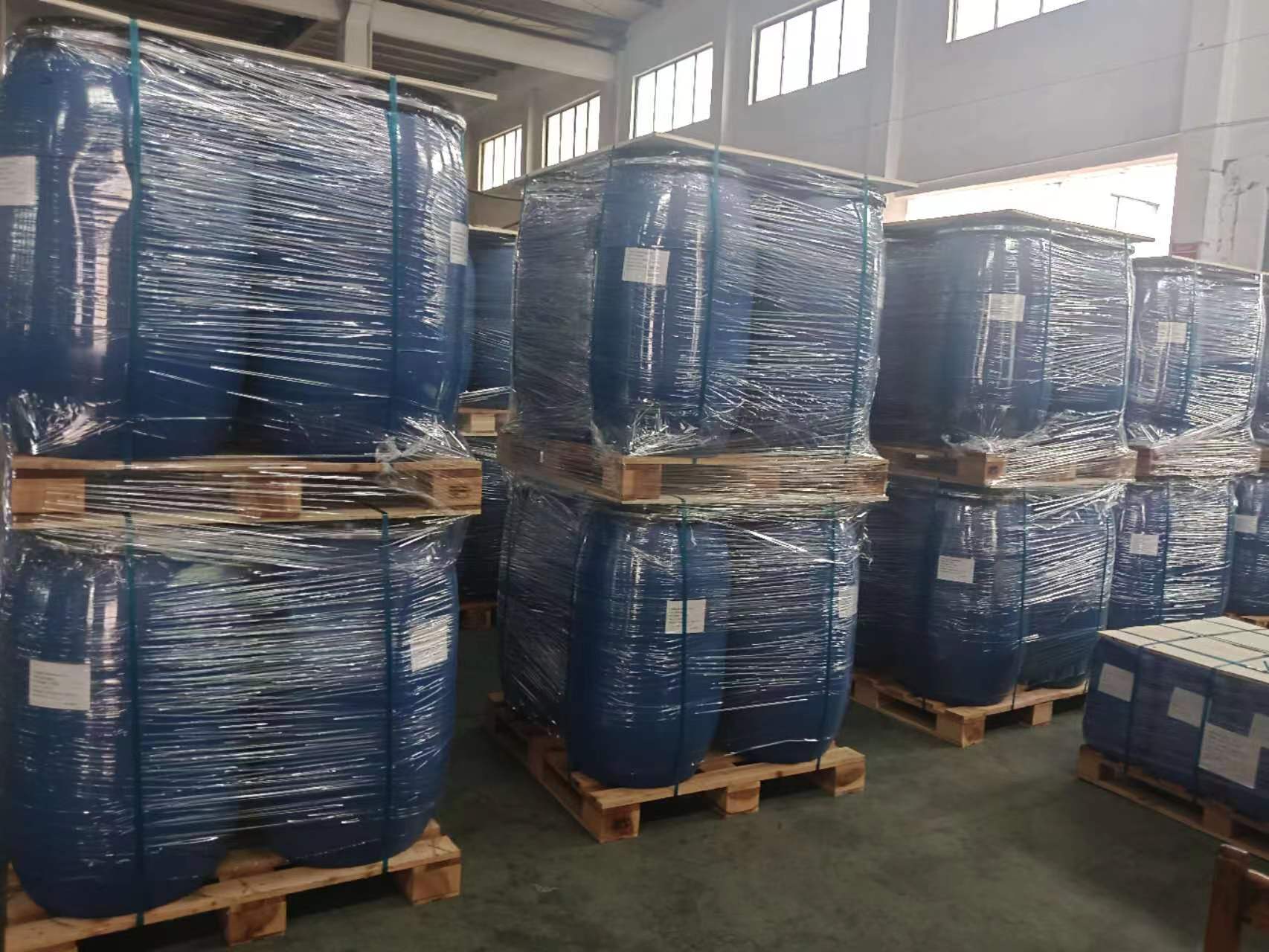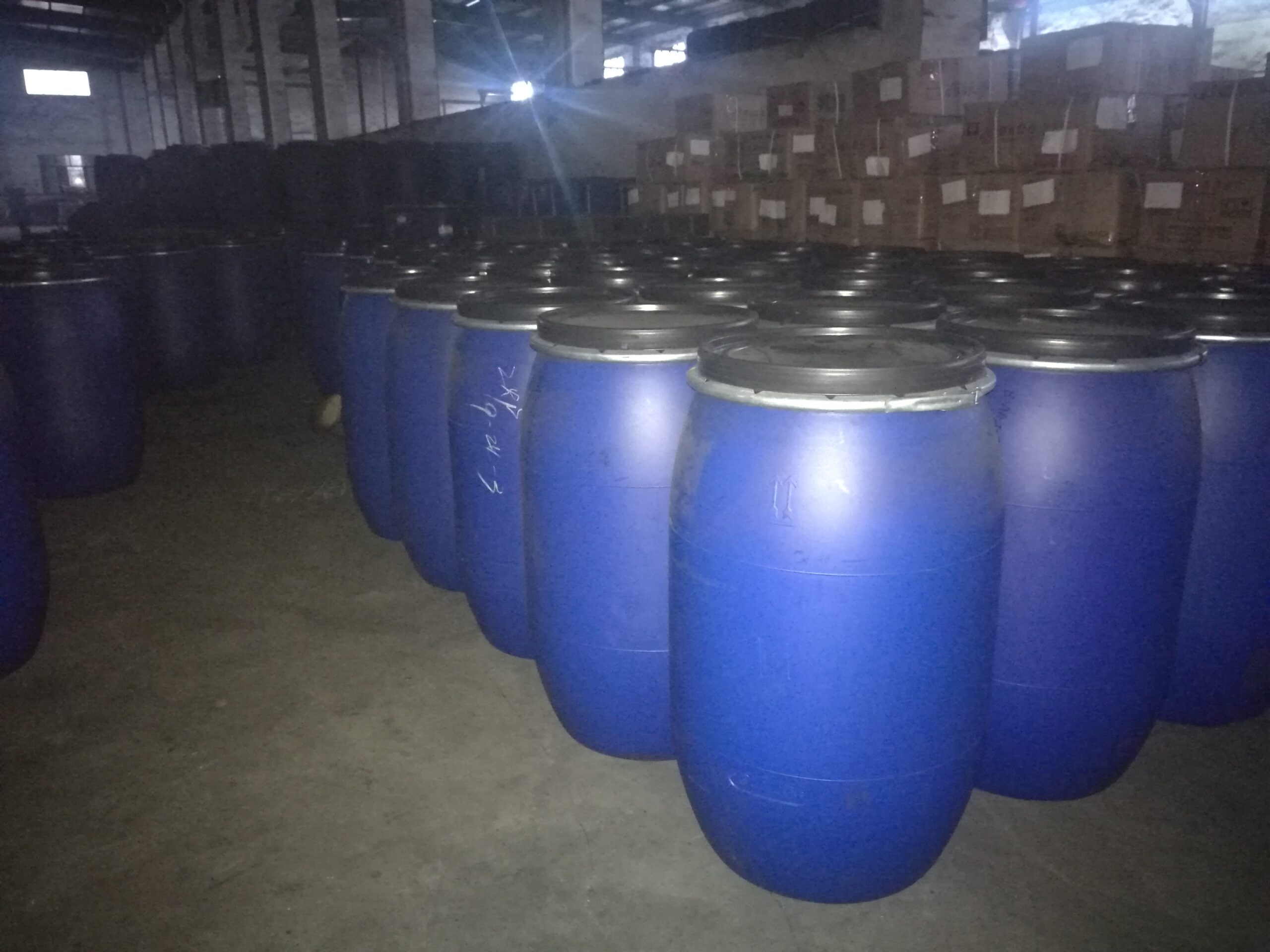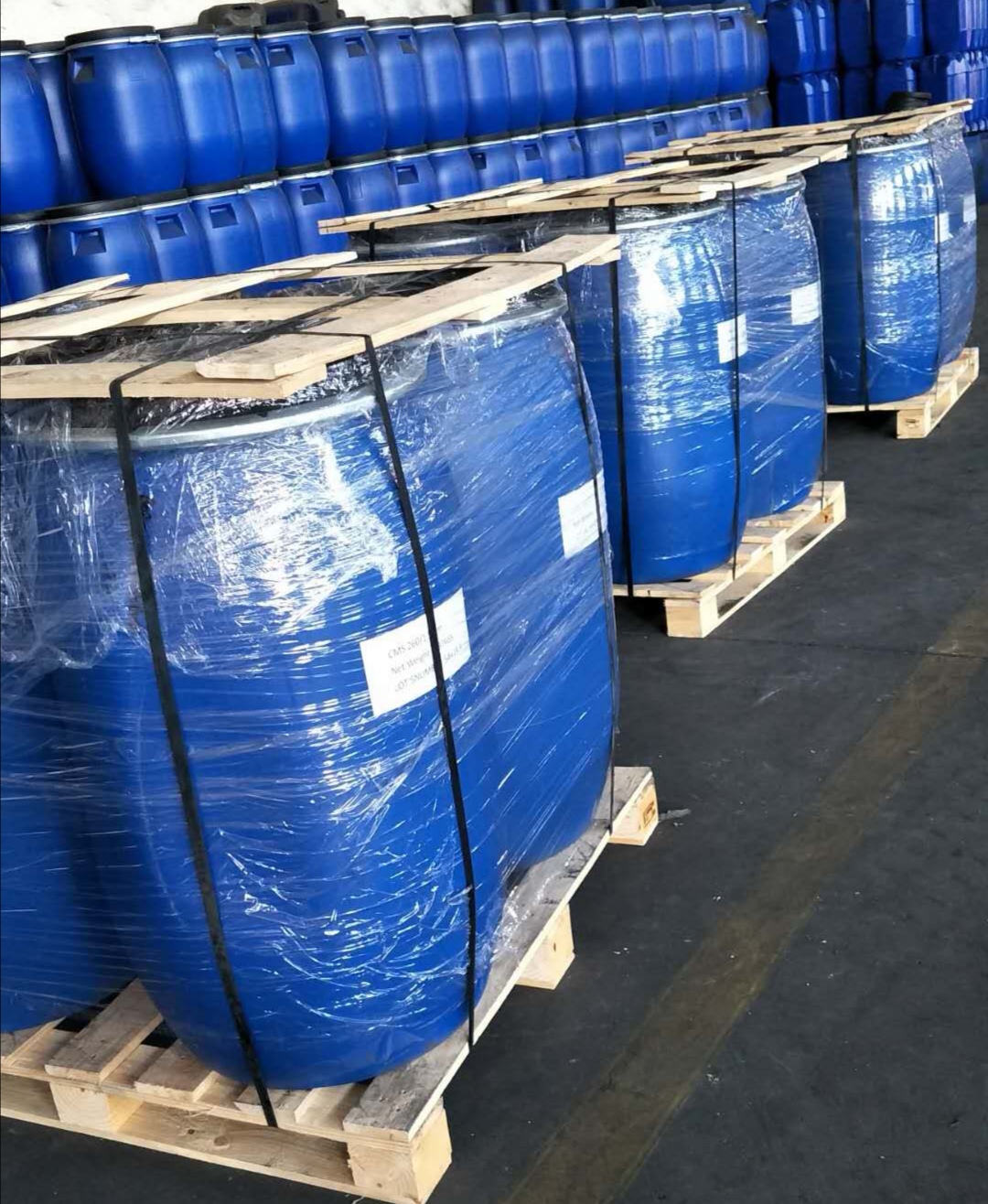The core technologies of the molecular sieve and compressor in the oxygen generator
When choosing an oxygen generator, many users often only focus on intuitive parameters such as oxygen concentration, noise level, and battery life. However, what determines whether these performance parameters can be consistently and stably output is not the appearance or functions, but the two core components inside: molecular sieves and compressors. This article will systematically analyze the principles, types, and matching relationships of these two technical cores to help users understand the essence of the quality of the oxygen generator from the source.
So, why is it said that the “good or bad” of an oxygen generator depends on molecular sieves and compressors? Molecular sieves determine whether high-concentration oxygen can be stably separated, while the compressor provides the power needed to maintain the adsorption cycle. These two components are like “the brain and the heart”, indispensable, and an improper combination will directly affect the output concentration, equipment lifespan, and even oxygen safety.
Whether an oxygen generator can output high-concentration oxygen stably for a long time and whether it is quiet, durable, and reliable is determined by the performance and matching degree of these two components. This article will systematically analyze the technical principles, type selection, and matching relationships of these two components to help users grasp the core quality of the oxygen generator from the source.
Brief description of the working principle of the oxygen generator
Most modern household and medical oxygen generators use PSA (Pressure Swing Adsorption) technology. This is an advanced separation technology based on the physical adsorption and desorption behavior of gas molecules, which can achieve efficient oxygen purification at normal temperature and pressure, avoiding the drawbacks of traditional low-temperature separation equipment with high energy consumption and large volume.
Ⅰ. The core working process of PSA can be divided into four stages:
- Air filtration and compression
The indoor air first undergoes primary purification treatment such as coarse filtration and dust removal, and then enters the compression system for pressurization, enabling it to have sufficient pressure (usually in 0.3-0.5 MPa) to drive the subsequent adsorption process. The key point of this stage lies in the stable output and continuous supply capacity of the compressor, which is the “power source” of the entire system.
- Adsorption stage (molecular sieves at work)
The compressed air is sent to the adsorption tower filled with high-performance molecular sieves. During this process, the molecular sieves will preferentially adsorb nitrogen molecules and release the smaller and faster-diffusing oxygen molecules. The selection and filling process of the molecular sieves directly determine the stability of oxygen concentration and separation efficiency.
- Oxygen release and output
After the adsorption is completed, the unadsorbed oxygen is released through the gas guiding channel to the oxygen storage tank or the output port, and is output in the form of high-purity enriched oxygen for user use. During this stage, the control valves in the system will automatically adjust the output rhythm according to the flow regulator settings to ensure that the oxygen concentration always remains within the ideal range (such as 93 ± 3%).
- Desorption regeneration (molecular sieves recovery)
When the adsorption tower is saturated, it will automatically switch to “desorption mode”, reducing the internal pressure to release the nitrogen molecules adsorbed in the molecular sieves, completing the regeneration cycle. Then it enters the next working cycle. This process is usually automatic and carried out alternately by pairs of adsorption towers to achieve continuous and stable oxygen supply.

Compressor and Molecular Sieve: The Interactive Cooperation of Two Core Components
In each of the above steps, the compressor is responsible for “supplying air”, while the molecular sieve is responsible for “separation”. The performance of both directly determines:
Whether the oxygen concentration meets the standard
Whether continuous and stable oxygen supply can be achieved
Whether the overall machine operates quietly, durably, and energy-efficiently
Poor-quality compressors may result in insufficient air volume, thereby preventing the adsorption tower from reaching the working pressure, affecting the adsorption efficiency of the molecular sieve; while low-quality molecular sieves may exhibit issues such as rapid adsorption saturation, large fluctuations in oxygen concentration, and short lifespan, affecting the user experience and safety.
✅ Answers to Users’ Concerns:
Why is my oxygen generator’s oxygen concentration unstable?
Most likely, it is caused by the deterioration of the molecular sieve or insufficient air volume from the compressor.
Why does the equipment shut down due to overheating after long operation?
The compressor’s heat dissipation performance is insufficient or the continuous working load is too large.
Is the oxygen output decreasing, and should the molecular sieve be replaced?
It is possible. It is recommended to check the oxygen concentration, operating time, and whether the equipment has a molecular sieve replacement function.
Understanding the working principle of the oxygen generator can help users understand the logic behind the equipment’s operation, enabling them to make more scientific judgments when facing issues such as oxygen concentration fluctuations, increased noise, and abnormal operation, whether it is a “compression system problem” or an “adsorption system problem”. For buyers, this is also the key to understanding the value of core components and judging the quality of the product.
Ⅱ. Detailed Explanation of Molecular Sieve Technology: The Key to Oxygen Concentration
Molecular Sieve Function
Molecular sieve is an adsorption material with a regular microporous structure, usually made of zeolite compounds, with highly selective adsorption properties. In the oxygen generator, it mainly uses the “molecular size difference” and “physical adsorption selectivity” mechanisms to sieve the gases in the air: nitrogen molecules are preferentially adsorbed, while oxygen molecules can penetrate the molecular sieve and be discharged.
The adsorption efficiency, cycle stability, and regeneration ability of molecular sieves directly affect whether the output oxygen concentration can remain at the medical-grade standard of 93% ± 3% for a long time, especially in medical or high-altitude usage scenarios, where their performance is crucial. Comparison of common molecular sieve types
Molecular sieve type Adsorption capacity Regeneration performance Life Applicable products
Ordinary industrial molecular sieve Slow adsorption speed Poor regeneration Prone to pulverization, short lifespan 常见于低端机型
High-performance medical-grade molecular sieve Quick adsorption speed Reversible regeneration Longer lifespan (>3 years) Mid-to-high-end home/medical oxygen generators
✅ Representative Brands of High-Quality Products:
France CECA: High adsorption capacity, strong anti-pulverization, good stability;
Japan TOSOH: Strong adaptability, uniform particle size;
USA UOP: Suitable for high-flow, high-purity continuous oxygen generation equipment.
These brands’ medical-grade molecular sieves not only have high adsorption efficiency but also have better pressure resistance and thermal stability, suitable for applications in medical environments that require 24/7 operation or high-altitude environments.
Common Pain Points and Technical Solutions
What should I do if the oxygen concentration is unstable?
Possible reasons:
Molecular sieve aging or adsorption saturation;
Humidity in the air causing the molecular sieve to clog;
Insufficient system airway pressure affecting the adsorption process.
Solution suggestions:
Choose a model with replaceable molecular sieves;
Use equipment with a drying system or air purification system;
Ensure the equipment operates within the recommended temperature and humidity range.
Does the effect deteriorate after several years of use?
Possible reasons:
Molecular sieve adsorption capacity decline;
Insufficient filling density or incorrect filling method;
Insufficient air volume from the compressor, preventing the adsorption tower from reaching the ideal pressure.
Solution suggestions:
Choose a brand that supports original factory molecular sieve replacement services (such as MINNUO);
Regularly check the oxygen concentration display of the equipment or use an external concentration meter for detection;
Avoid operating equipment without drying protection in high-humidity and high-temperature environments for long periods.
✅ Professional Advice and Purchase Reminder When purchasing an oxygen generator, many manufacturers do not indicate the brand or grade of the molecular sieve, making it difficult for users to judge its core adsorption capacity. To avoid the problem of “attractive appearance but poor core quality”, the following points are recommended to be focused on:
Whether the source brand of the molecular sieve is indicated (such as CECA, UOP);
Whether the molecular sieve replacement or extended warranty service is supported;
Whether a moisture-proof and drying protection system is equipped to extend the service life;
Whether the details such as the structure of the adsorption tower, particle size, and filling method are indicated.
Although the molecular sieve is invisible and intangible, it is one of the core components that determine whether the oxygen generator is “useful or not”. Choosing high-quality molecular sieves not only relates to whether the oxygen concentration meets the standard, but also determines whether the entire machine is durable, safe and energy-efficient. For users who pursue medical-grade standards or long-term stable output, looking at the molecular sieve is more crucial than looking at the panel.
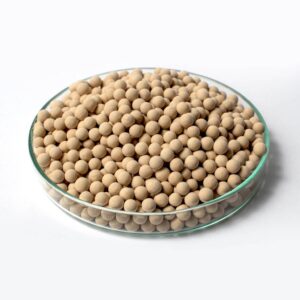
III. Detailed Explanation of Compressor Technology: Determining Operating Stability and Lifespan
The Role of the Compressor
In the oxygen generation system, the function of the compressor is to pressurize the incoming air and send it to the molecular sieve adsorption tower. Only when the set working pressure is reached can the molecular sieve function properly to adsorb nitrogen and release oxygen. Therefore, the compressor is not only the “power core” of the oxygen generator, but also its performance directly affects:
Whether the oxygen flow is stable
Whether the adsorption efficiency meets the standard
Whether the equipment can operate continuously for a long time
The noise control and lifespan of the entire machine
It can be said that the molecular sieve determines the oxygen concentration, and the compressor determines whether the oxygen generator can “continuously produce oxygen” and “work quietly”.
Main compressor structures and types
1️⃣ Oil-lubricated vs Oil-free compressors
Type Characteristics and comparison Applicable scope
Oil-lubricated type Requires lubricating oil, has high power but is not environmentally friendly and requires frequent maintenance Industrial oxygen generation, large equipment
Oil-free type Does not require lubrication, has low noise, simple structure, and is environmentally friendly Home and medical oxygen generators
✅ Home and medical oxygen generators generally use oil-free compressors because they are easy to maintain, have low noise, and have no oil pollution, making them more suitable for high-frequency and long-term operation.
2️⃣ Single cylinder vs Double cylinder compressors
Type Characteristics and comparison Applicable scenarios
Single cylinder Simple structure, low price, but limited exhaust volume Light-load household equipment
Double cylinder Double cylinder structure has stronger output, more stable operation, and stronger load resistance Medical-grade oxygen generation, 5L and above models
✅ High-flow oxygen generation requirements (such as 5-10L/min) recommend choosing double-cylinder compressors to ensure stable gas supply even when the load increases.
3️⃣ Vortex compressors (rare in civilian oxygen generators)
Vortex compressors replace piston movement with a rotating structure, operating almost without vibration, with extremely low noise, and high efficiency, widely used in high-end industrial equipment or deep cryogenic air separation systems. They are costly and not suitable for household portable oxygen generation equipment.
Common pain points and technical answers
Why is the noise of the oxygen generator getting louder?
Possible reasons:
Compressor bearing wear, causing vibration;
Resonance between the air duct and the casing has not been treated with noise reduction;
Using non-brand compressors, with poor manufacturing precision.
✅ Suggestion:
Purchase a brand with a standard low-noise oil-free double-cylinder compressor;
Check if the product description indicates the operating noise value (high-quality should be <45dB);
Check the machine’s usage time, whether it has exceeded the recommended service life (>3 years, recommended replacement or maintenance).
After long-term operation, the equipment “freezes”?
Possible reasons:
Compressor load is too high, temperature protection is triggered automatically;
Poor heat dissipation system design, fan damage or dust blockage;
Insufficient internal lubrication (a few old equipment still use oil-lubricated compressors).
✅ Suggestion:
Use a model with overheat protection + efficient heat dissipation system;
Regularly clean the air intake and heat dissipation holes;
If operating in high-altitude or high-temperature environments, consider purchasing customized high-temperature/high-altitude compatible compressor equipment.
Can the compressor be repaired?
Some brands of compressors have a sealed structure that cannot be disassembled for maintenance, only the assembly can be replaced. Users should pay attention to:
Whether the brand provides compressor replacement services;
Whether it is an independently developed compressor, and whether there are original factory parts for after-sales support;
Whether there are clear warranty terms (1-3 years of compressor warranty period).
✅ Summary of purchase suggestions
When choosing an oxygen generator, in addition to focusing on “oxygen concentration” and “flow rate”, one should also carefully understand:
Whether the compressor type is an efficient oil-free type;
Whether it adopts a double-cylinder low-noise design;
Whether it provides compressor warranty and technical support services;
Whether it indicates the compressor brand or technical parameters (such as exhaust volume, power, operating lifespan).
The compressor is the “heart” of the oxygen generator, it determines whether the equipment runs long, stable, and quiet. Choosing the right compressor is a crucial step in ensuring efficient equipment operation, reducing usage costs, and extending lifespan. Especially in scenarios such as high-altitude areas, hospitals, and chronic disease oxygen therapy, even a slight deficiency in compressor performance can lead to a significant decline in user experience.
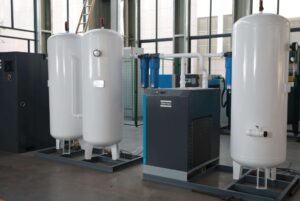
- Matching Relationship between Molecular Sieves and Compressors
In the core system of an oxygen generator, molecular sieves and compressors are like a pair of left and right hands, indispensable and must work in coordination. Many equipment have excellent surface parameters, but the actual test results are not satisfactory. Often, it is this matching between the two that fails, and understanding the interaction relationship between them is a crucial step in judging the quality of the equipment.
Why is it useless even if a good compressor is paired with poor molecular sieves?
Even if the compressor provides sufficient compressed air, if it is paired with low-end molecular sieves with poor adsorption efficiency, loose particle structure, or weak regeneration ability:
Nitrogen cannot be fully adsorbed, resulting in oxygen purity always not reaching the medical grade standard (≥93%);
The molecular sieves quickly saturate and have fluctuating efficiency, causing the oxygen concentration to continuously decrease;
Although the overall system is “powerful”, it cannot “output results”, manifested as unstable oxygen flow, low purity, frequent machine state switching, and increased energy consumption and system wear.
Conclusion: The compressor is strong, but the molecular sieves are poor, and the system still “cannot run”.
Why is the oxygen generation effect not ideal even after replacing with a larger molecular sieve?
Some users tried to replace with higher-level molecular sieves (such as CECA, UOP), hoping to increase the oxygen concentration, but found that the equipment performance did not improve significantly, and even worse.
The problem often lies in: insufficient air volume of the compressor or insufficient supply pressure. If the compressor cannot provide the minimum working pressure required for the molecular sieve to start adsorption (usually in 0.3-0.5 MPa), then even if the molecular sieve is very advanced, it will “have no air to absorb” and cannot fully exert its adsorption advantages.
Similar to installing a high-performance engine but only using half of the throttle, the performance simply cannot be released;
In high-altitude, humid or continuous operation scenarios, this is more obvious. Insufficient compression will cause the system to “fail to hold pressure, run slowly”.
Conclusion: The molecular sieves are good, but the compressor is weak, and the effect is still not ideal.
✅ How to determine the system matching degree?
The following technical indicators and usage performance are important bases for judging whether the system matching degree is up to standard:
1️⃣ Is the oxygen concentration long-term stable at 93% ± 3%?
If the concentration fluctuates frequently and drops below 88%, it indicates that there is a problem with the molecular sieve or the compressed air;
Professional brand equipment generally supports real-time display of concentration and concentration fluctuation alarm.
2️⃣ Is there “flow loss” or “concentration loss” phenomenon in the high-flow mode?
When set to 4-5 L/min, can the concentration still remain unchanged;
If the output weakens and the machine sounds louder in the high-flow mode, it may be due to a pressure imbalance in the system.
3️⃣ Is the operation stable?
Are there frequent alarms, automatic shutdowns, abnormal restarts during operation;
Does the machine body show abnormal heating, weak air force at the fan outlet after continuous use?
Simple testing method: Use an oxygen concentration detector + actual observation of the usage state + whether it can operate under long-term high load.
Professional advice
When purchasing an oxygen generator, do not only focus on “oxygen concentration” and “flow” parameters, but should pay attention to whether the compressor and molecular sieve configuration are clearly marked, such as brand, model, and specification matching;
Opt for those models designed by the same brand system integration, such as the MINNUO series products, to achieve two-way adaptation and overall optimization of the compressor and molecular sieve.
An oxygen generator is not a “half-considered” device. Molecular sieves and compressors must achieve “efficient collaboration” to ensure stable oxygen concentration, durable equipment, quiet operation, and reasonable energy consumption. A good match makes the equipment reliable; a wrong match makes even the highest parameters an illusion.
